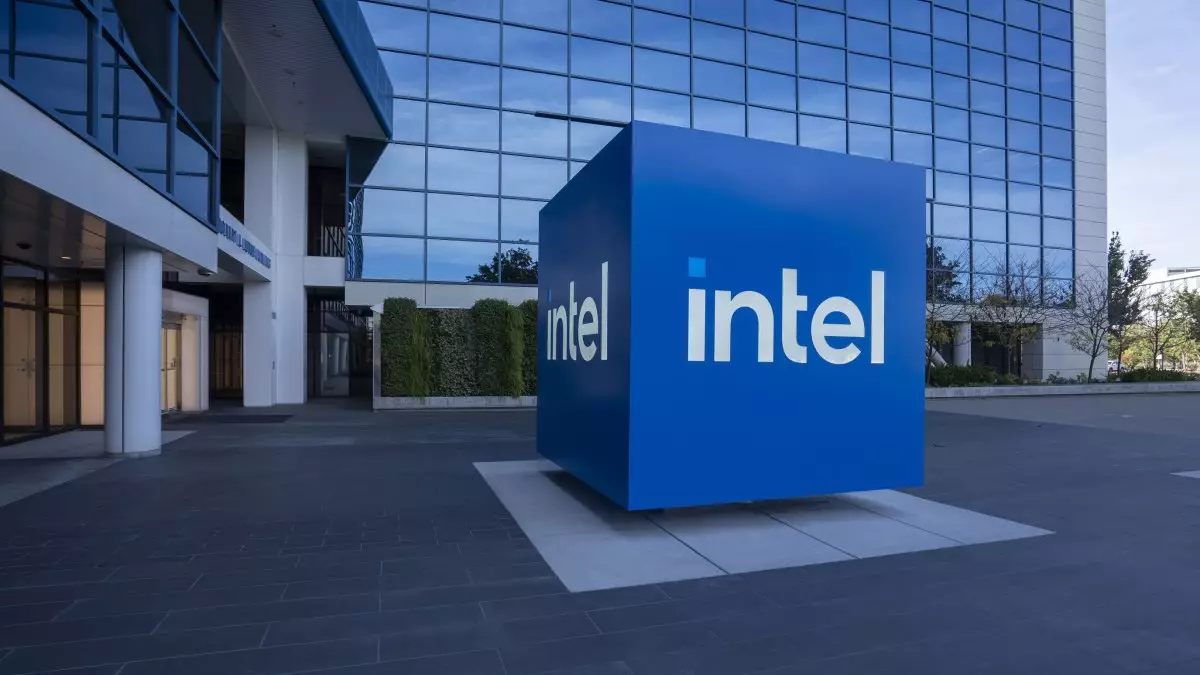As Intel gears up for its latest chip unveilings at CES 2025, the stakes could not be higher. Coming off what can only be termed a dismal year, the semiconductor giant has unveiled a comprehensive lineup of its latest processors, hoping to signal a triumphant turnaround after a series of setbacks. With transformative changes at the executive level, including the recent ousting of CEO Pat Gelsinger, the company is under intense pressure to demonstrate not only innovation but also reliability in its offerings. This article delves into the intricacies of Intel’s new products and its broader implications for the market.
The Need for Revitalization
Intel’s struggles in the past year have sparked crucial questions about its market positioning and operational execution. The company’s 13th and 14th-generation Core CPUs were plagued with overheating issues that tarnished their reputation, leading to a lengthy resolution process. Customers and stakeholders alike are eager for viable solutions, pushing Intel to reconsider its strategies. The launch of the new chips is not merely a product update; it represents a decisive moment where Intel is seeking to restore faith in its innovation capabilities and product reliability.
The Core portfolio now includes a diverse range of processors, from the entry-level Core 3 designed for light tasks to the more robust Core Ultra 200H, part of the newly minted Core Ultra Series 2. Such a broad spectrum of offerings aims to cater to varied market segments, thereby enhancing Intel’s competitiveness in an increasingly fragmented tech landscape.
With a lineup that spans various series — including the Core Ultra 200V, 200H, and several others — Intel is setting the stage for a new paradigm of computing. Each processor in the Core Ultra family is equipped with an array of core configurations, including Performance (P-cores) and Efficient (E-cores) configurations. This innovative architecture underscores Intel’s pivot toward not just raw power, but also energy efficiency, crucial in a device-slashing campaign where battery life remains paramount.
Particularly interesting is Intel’s emphasis on AI integration. The new processors incorporate an AI accelerator named AI Boost, promising enhanced machine learning capabilities directly on the hardware. This is accompanied by a neural processing unit (NPU) aiming to bolster the performance of AI applications, particularly in environments that leverage Windows 11’s latest features. The focus on AI reflects a notable trend in modern computing, where artificial intelligence drives the need for faster and more capable processors.
Intel has made several bold claims regarding performance improvements in the new chips. For instance, the Core Ultra 285 claims to deliver almost three times the graphics performance compared to its predecessor. Similarly, the enhanced performance of the Core Ultra 285H in processing AI models purports to set benchmarks that could redefine user expectations. However, while these numbers are impressive, there will be skepticism until real-world performance benchmarks validate these claims.
The strategic positioning of the Core Ultra 200 series is also noteworthy. Different SKUs like the 200V, HX, and H target specific market needs — from enterprise solutions to high-performance gaming. This savvy marketing approach indicates that Intel recognizes the diversity of its customer base and is trying to craft products that resonate with both average consumers and tech enthusiasts alike.
Future Implications and Market Dynamics
Intel’s new chips come at a crucial juncture in the tech industry’s evolution, especially as competition increases from ARM-based processors and domestic rivals. The integration of Intel’s vPro technology in the Core Ultra 200V enhances its appeal to enterprises looking for security and stability. Moreover, the addition of Microsoft’s Pluton security co-processor could enhance trust among consumers wary of cyber vulnerabilities.
However, as Intel steps into this renewed phase, many questions loom large: Will these advancements be enough to claim back market leader status, or will the memory of previous missteps weigh heavily on consumer sentiment? The coming months will be telling, as industry reactions and market conditions will ultimately shape Intel’s trajectory in 2025 and beyond.
While Intel’s latest chip announcements undeniably showcase a platform for potential recovery, the execution of these ambitions will ultimately determine the company’s ability to rebound and sustain its legacy in the semiconductor industry. The product offerings at CES 2025 mark a crucial pivot point, and only time will reveal whether this marks the dawn of a new era for Intel or another chapter of struggle in its storied history.

